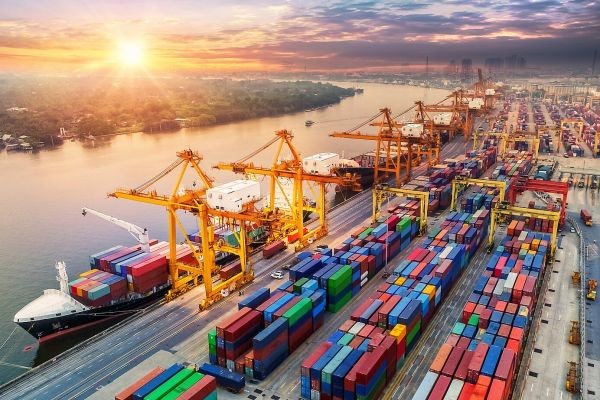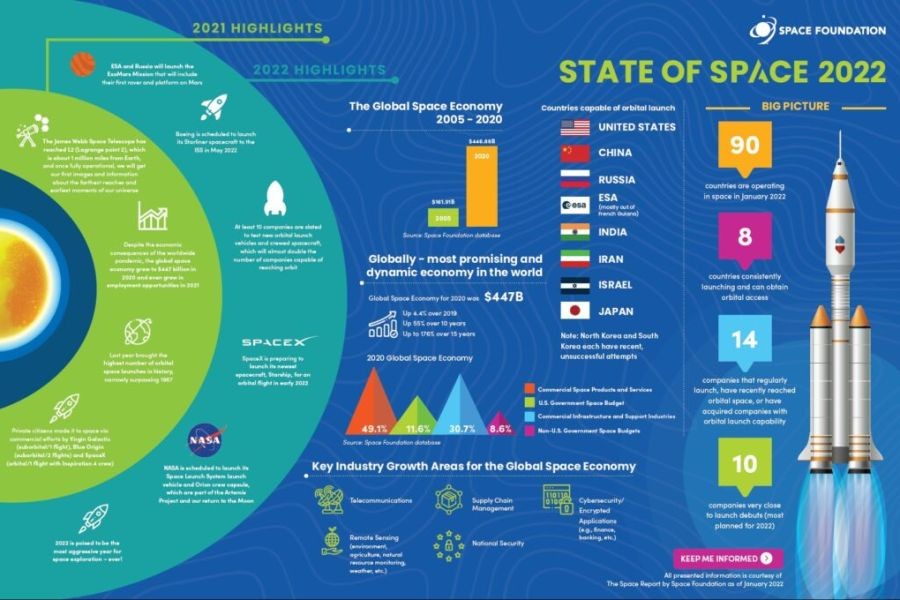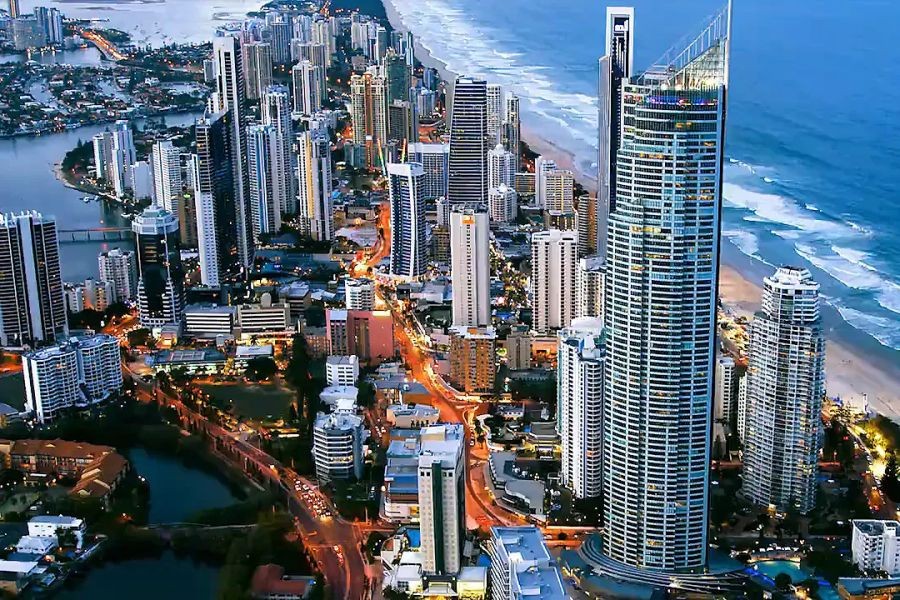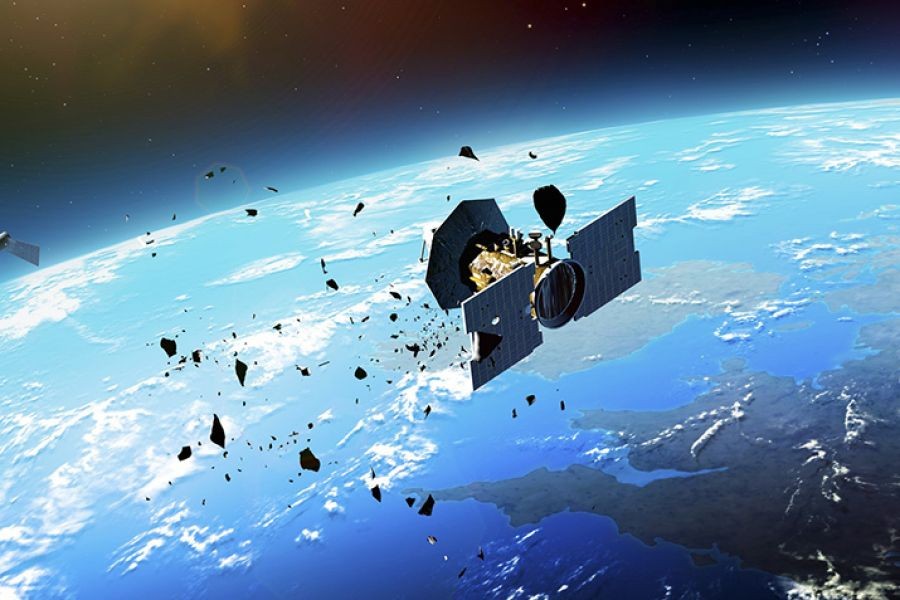The Great Barrier Reef, a UNESCO World Heritage site, is a breathtaking natural wonder that spans over 344,400 square kilometers off the coast of Queensland. It's not just a treasure trove of marine biodiversity; it's also an economic powerhouse for Australia, contributing approximately AUD 6.4 billion annually to the economy and supporting over 64,000 jobs. However, the reef faces an existential threat from climate change, pollution, and overfishing. With the clock ticking, the urgent question remains: Could the Great Barrier Reef still be saved in the next 30 years?
The Current State of the Great Barrier Reef
Scientific assessments paint a grim picture of the current state of the reef. The Australian Institute of Marine Science reported that coral cover has declined significantly over the past decades due to mass bleaching events, such as those in 2016 and 2017. These events were linked to increased sea temperatures, a direct consequence of global warming.
Moreover, a report by the Australian Bureau of Statistics highlights that the reef's health is inextricably tied to Australia's climate policies and energy consumption patterns. With Australia being one of the world's largest per capita emitters of greenhouse gases, the need for sustainable energy policies has never been more pressing.
Australia’s Economic and Policy Context
The reef's economic significance is undeniable. According to Deloitte Access Economics, the Great Barrier Reef's contribution to Australia's economy is comparable to major sectors such as agriculture and mining. This underscores the importance of preserving it not only for environmental purposes but also for economic sustainability.
The Australian government has recognized this and has implemented policies aimed at reducing carbon emissions and promoting sustainable practices. The Reef 2050 Long-Term Sustainability Plan is a pivotal framework designed to improve the reef's resilience. It aims to enhance water quality, reduce pollution, and restore critical habitats.
Innovative Approaches to Reef Preservation
One promising avenue for reef preservation is the integration of technology and innovation. Researchers from the University of Queensland are exploring the use of coral gardening techniques, which involve growing coral fragments in nurseries and transplanting them to damaged areas. This approach has shown potential in restoring coral cover and enhancing biodiversity.
Moreover, the application of artificial intelligence in monitoring reef health is gaining traction. AI-powered drones and underwater robots are being deployed to gather real-time data, allowing scientists to make informed decisions and respond swiftly to emerging threats.
Case Study: Coral IVF Project
Problem: The Great Barrier Reef faced a critical decline in coral reproduction rates due to consecutive bleaching events, threatening its long-term viability.
Action: Scientists from the Australian Institute of Marine Science and Southern Cross University developed the Coral IVF technique, which involves capturing coral eggs and sperm during the annual spawning period, fertilizing them in laboratory conditions, and then reintroducing the larvae to the reef.
Result: The project has successfully increased coral larval settlement rates by up to 100 times compared to natural conditions, demonstrating a promising method for large-scale coral restoration.
Takeaway: Cutting-edge scientific interventions like Coral IVF can play a crucial role in reviving the Great Barrier Reef, provided they are supported by comprehensive policy frameworks and public awareness initiatives.
Challenges and Risks
Despite these advancements, several hurdles remain. The effectiveness of technologies like coral gardening is contingent on the broader environmental conditions. Without significant reductions in global carbon emissions, these efforts may not be sufficient to counteract the warming seas.
Additionally, regulatory challenges persist. The Australian Competition & Consumer Commission (ACCC) has emphasized the need for stricter regulations on industries contributing to water pollution and greenhouse gas emissions. Compliance with these regulations remains a significant challenge for businesses, yet it is crucial for the reef's long-term survival.
Debunking Common Myths
- Myth: "The reef will recover on its own over time." Reality: Scientific studies indicate that without human intervention and significant policy changes, natural recovery is unlikely, given the scale of current threats.
- Myth: "Only global efforts can save the reef." Reality: While global cooperation is vital, local actions such as reducing agricultural runoff and protecting coastal habitats can have immediate benefits.
- Myth: "Tourism is the biggest threat to the reef." Reality: While tourism can impact the reef, climate change and water quality are far greater threats, as noted by the Great Barrier Reef Marine Park Authority.
Future Trends and Predictions
Looking forward, the future of the Great Barrier Reef will heavily depend on the integration of sustainable practices in both local and global policies. According to the Commonwealth Scientific and Industrial Research Organisation (CSIRO), by 2030, advancements in renewable energy technologies could significantly reduce Australia's carbon footprint, benefiting the reef.
Moreover, the economic landscape is expected to shift towards eco-tourism, with businesses increasingly investing in sustainability to attract environmentally-conscious travelers. This trend could incentivize further conservation efforts and ensure the reef's preservation for future generations.
Conclusion
The fate of the Great Barrier Reef hangs in the balance, requiring a multifaceted approach encompassing technology, policy, and public engagement. By leveraging innovative solutions, supporting robust policy frameworks, and fostering collaboration across sectors, there is hope that the reef can be saved within the next 30 years. The collective efforts of scientists, policymakers, and the Australian public will be pivotal in ensuring that this natural wonder continues to thrive.
Call to Action: To stay informed about ongoing conservation efforts and how you can contribute, join our Reef Preservation Network and be part of the change.
People Also Ask
- How does the Great Barrier Reef impact Australia's economy? The reef contributes approximately AUD 6.4 billion annually to Australia's economy through tourism, fishing, and research, supporting over 64,000 jobs.
- What are the biggest misconceptions about the Great Barrier Reef's preservation? A common myth is that the reef can recover on its own. However, human intervention and policy changes are crucial for its survival.
- What upcoming changes in Australia could affect the Great Barrier Reef? By 2030, advancements in renewable energy and stricter environmental regulations could significantly improve the reef's resilience.
Related Search Queries
- How can we save the Great Barrier Reef?
- Impact of climate change on the Great Barrier Reef
- Australia's policies for reef conservation
- Innovations in coral restoration
- Future of the Great Barrier Reef































